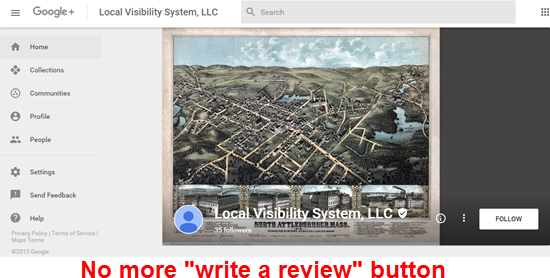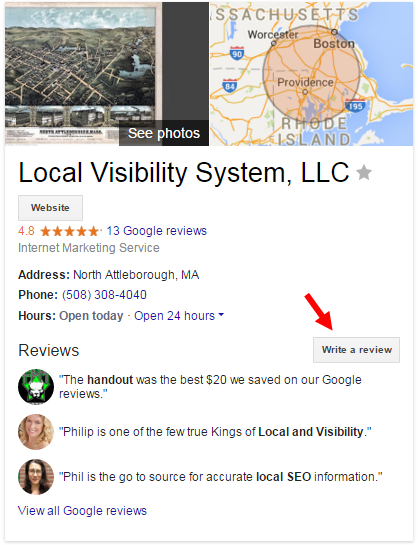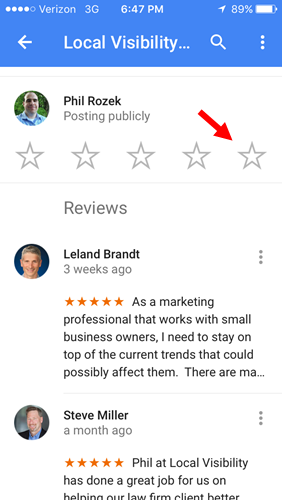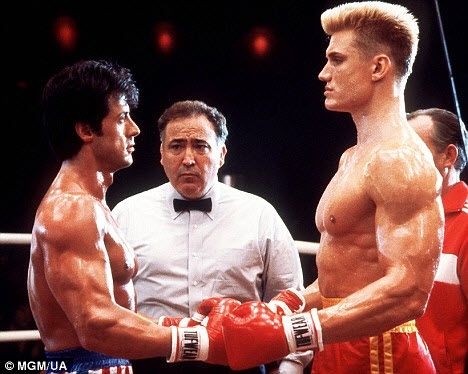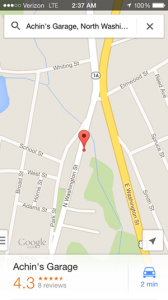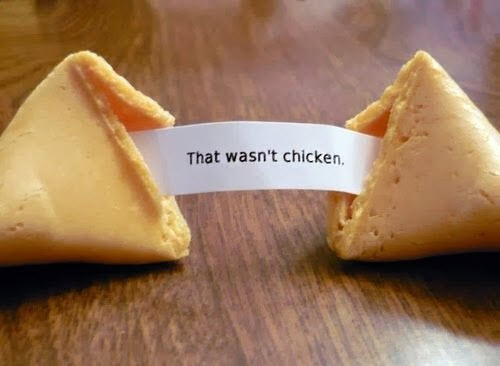You want better local rankings. But rankings won’t pay your bills, so you also want to do a better job of converting traffic. One is useless without the other, so you need to do both from the start.
A few months ago I weighed in on a Google+ post where the concern was how to “balance” local SEO and conversion-rate optimization on your site. As I mentioned there, working on your local SEO and boosting your conversions may sound like two separate projects, but they’re not. There is a lot of overlap, and there are many ways to kill two birds with one stone.
Here are some steps that might help you boost your visibility and traffic and your ability to convert that traffic:
1. Create a separate page on each specific service you offer – or at least on the services for which you want to rank and get more customers.
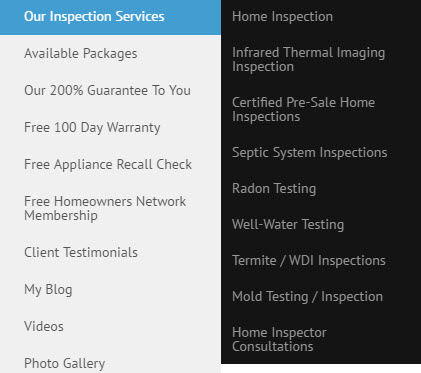
For instance, until you rank at the top of the local heap for “dentist,” you’re more likely to rank for “pediatric dentist” if you have an in-depth page on how you do a great job for kids. You’re also more likely to interest parents who are looking for that specific service – more so than if you come across as a generalist.
2. Make those pages in-depth and detailed, with your USP info, plenty of reviews/testimonials on the page, good photos (preferably not stock), and a clear call-to-action at the end. You’ll give both Google and people more to sink their teeth into.
3. Create in-depth FAQs pages – or, in general, just answer questions on your site Q&A-style. Not only will this help you convert more traffic, but it’s also more likely to get the right people to your site – the ones who know exactly what they’re looking for. I’ve written on how you can do this. Also, it’s the best way you can apply what Dan Leibson calls “Answer-box SEO.”
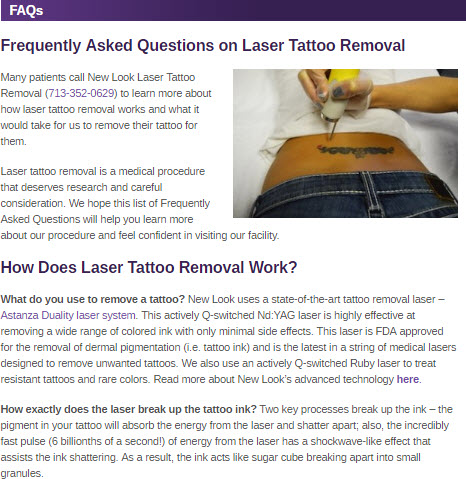
4. Build city pages that don’t suck.
5. Make your site more user-friendly. Google knows if people get to your site and just hit the “back” button, or if they venture deeper and spend some time looking around and take the next step.
Include plenty of internal links to relevant pages, create a main “Services” or “Products” page, make your contact info hard to miss, and remember that there’s no such thing as too long – only too boring. See my post on analyzing visitors’ click-behavior.
6. Having a mobile-friendly site. It doesn’t need to be mobile-responsive; it can be on a separate domain (m.yourwebsite.com) – like the kind you might get from Duda. It simply needs not to frustrating for the average person who might pay you for something.
7. Write catchy title and description tags. When done right they can get you higher click-through than the next guy gets. That will likely help your rankings if you sustain it, and it can bring more of the right customers to your site (as opposed to tire-kickers). You attract to the degree you repel.
8. Embed a prominent Google Map – in a place on the site where visitors might want to know how they can get to you.
I like to customize the dimensions and put it in the footer. Making it easy to get driving directions is smart for obvious reasons and, when combined with an influx of reviews, driving-directions lookups may be a minor ranking factor.
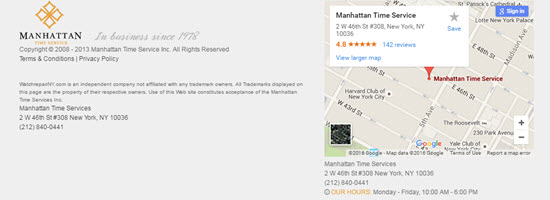
9. Offer old-school driving directions. Landmarks, turn-by-turn, from the north/south/east/west, etc. Some people prefer them, and it’s “local” content that gives Google more info as to where you’re located. May also help you rank for some of the ever-increasing number of “near me” searches.
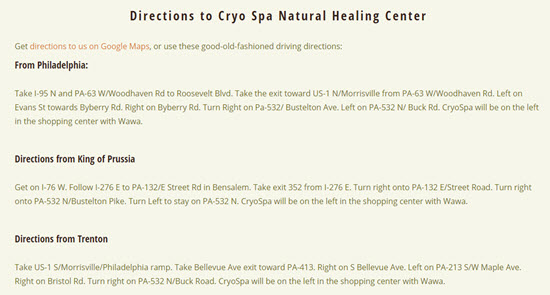
10. Work like a beast to pile up online reviews on a variety of sites (even on the mediocre ones).
Getting happy customers to speak up usually isn’t easy, but hey, few high-payoff things in life are easy. It’s worth the trouble.
Having impressive reviews makes your website’s job easier in at least two ways: people aren’t as likely to leave your site to look up your reviews (especially if they’ve already seen the reviews, and they’re more likely to arrive at your site pre-sold on how good you are.
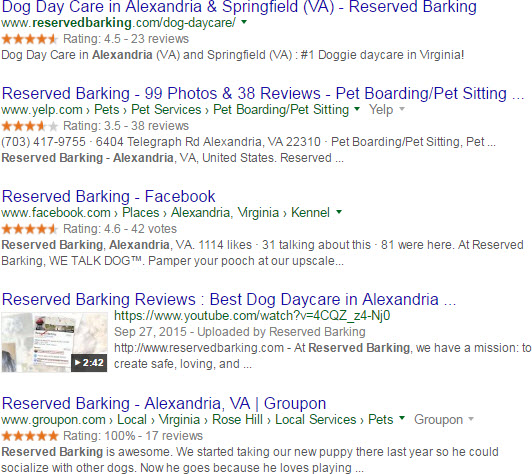
Your site can be a wounded animal and you’ll still probably get a surprising number of customers if your reviews stand out. But combine them with a sticky site (see points 1-8) and you’ll win yourself a full goblet and a pile of turkey legs at the Local Feast.
—
Can you think of more areas of overlap between local SEO and CRO?
What’s something you did that helped you on both counts?
Leave a comment!


